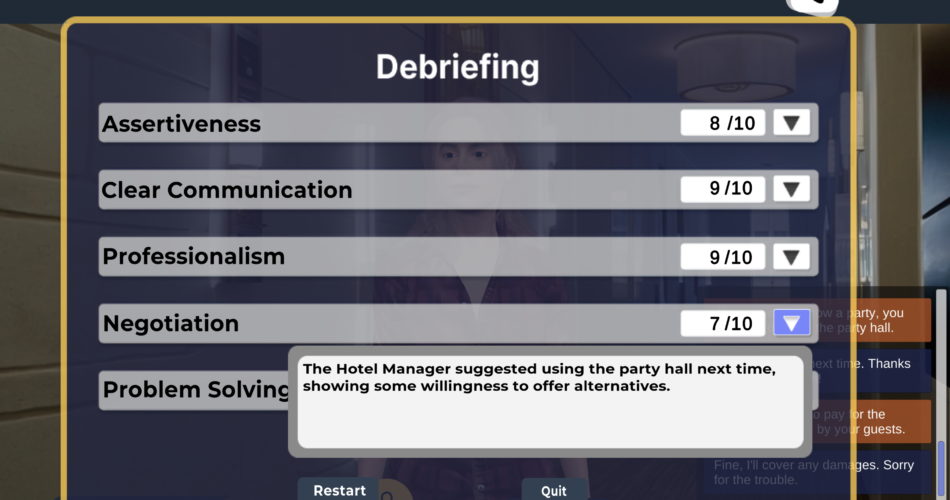Instructional design, the art and science of creating engaging and effective learning experiences, has undergone transformative changes in recent years. The integration of artificial intelligence (AI) into web design and learning platforms, particularly on AI-powered websites like AI Humans, has opened up new opportunities for personalized and adaptive learning experiences. This article explores the top instructional design models that are being reimagined for AI-driven websites, emphasizing their relevance and application in today’s digital learning landscape.
Understanding Instructional Design for AI-Powered Websites
Instructional design involves crafting educational content that not only conveys knowledge but does so in a way that is tailored to the learners’ needs. With AI integration, instructional design evolves further, enabling personalized learning journeys, real-time feedback, and immersive experiences through virtual human interactions. At AI Humans, we leverage these advancements to create dynamic, learner-centric experiences for cross-selling financial products and beyond.
Key Instructional Design Models and Their AI Adaptations
1. ADDIE Model: Structured Approach with AI Personalization
The ADDIE model (Analysis, Design, Development, Implementation, and Evaluation) is a staple in instructional design, offering a systematic framework for course creation. When adapted for AI-powered websites, each phase benefits significantly:
- Analysis: AI-driven analytics can identify learners’ preferences, knowledge gaps, and learning styles.
- Design: AI tools can suggest personalized learning pathways and content formats.
- Development: Adaptive content, including videos, simulations, and interactive modules, can be dynamically generated.
- Implementation: Virtual human interactions guide learners in real-time, simulating human-like mentorship.
- Evaluation: AI-powered feedback systems provide instant insights into learners’ performance and areas for improvement.
2. Gagne’s Nine Events of Instruction: Enhanced Engagement with AI
Robert Gagne’s model emphasizes structured steps in the learning process. AI-powered platforms enhance these steps significantly:
- Gaining Attention: Virtual characters or AI chatbots capture learners’ interest with interactive elements.
- Stimulating Recall: AI systems use data from previous sessions to prompt learners with contextually relevant questions.
- Providing Feedback: Real-time feedback from AI ensures learners can immediately address errors and misconceptions.
- Enhancing Retention: AI adjusts the difficulty and revisits critical concepts to reinforce learning.
3. Merrill’s Principles of Instruction: Real-World Problem Solving
Merrill’s model focuses on task-based learning, which aligns perfectly with AI’s ability to simulate real-world scenarios:
- AI-driven simulations offer learners hands-on experience with challenges.
- Virtual characters replicate realistic interactions, enhancing critical thinking and decision-making skills.
- Incremental task complexity ensures learners build competence progressively.
How AI Revolutionizes Instructional Design
1. Adaptive Learning
AI tailors course content to individual learners, ensuring optimal challenge levels and progression. For example, a beginner might receive simplified explanations, while an advanced learner is presented with in-depth analyses.
2. Virtual Human Interactions
AI Humans integrates lifelike virtual characters that engage learners in realistic scenarios, fostering skill development in environments that mimic real-world applications.
3. Real-Time Feedback and Analytics
AI offers instant feedback on performance, helping learners and trainers identify areas for improvement. This data-driven approach enables continuous optimization of learning pathways.
4. Microlearning for Modern Audiences
Short, focused lessons delivered via AI platforms fit seamlessly into busy schedules. AI tracks learners’ habits to deliver content at the most effective times.
5. Collaboration Beyond Borders
AI-powered tools enable global collaboration. Virtual classrooms and interactive forums connect learners across geographies, promoting diverse perspectives and enhanced learning experiences.
The Future of Instructional Design with AI
As AI technology continues to evolve, the possibilities for instructional design are limitless. At AI Humans, we are at the forefront of leveraging AI to create impactful learning experiences. By integrating adaptive learning, virtual characters, and advanced analytics, we empower organizations to deliver tailored, engaging, and effective training programs.
Whether it’s for financial product cross-selling or other domains, the synergy between AI and instructional design heralds a new era of personalized, impactful learning. Embracing these advancements ensures a competitive edge in a rapidly changing educational landscape.
Discover more about how AI is transforming instructional design at AI Humans.

